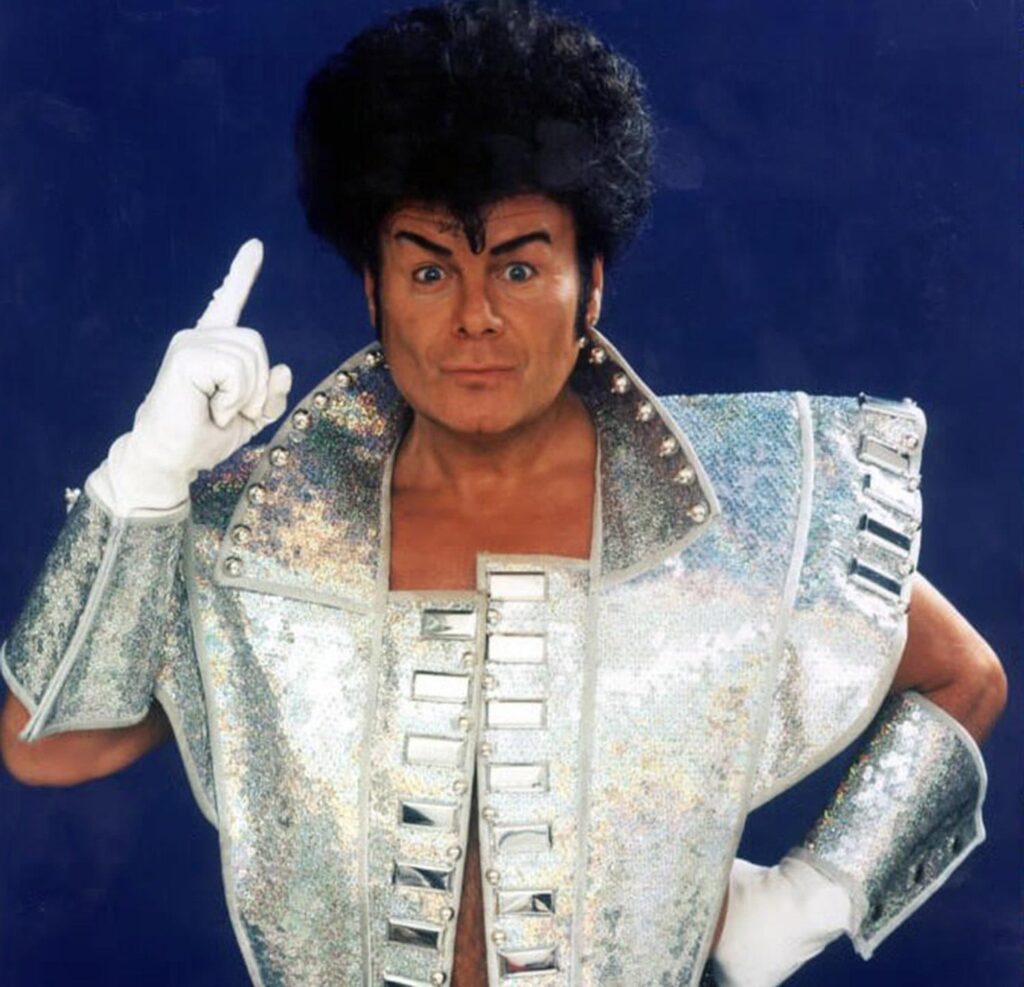
A Raw, Primal Roar That Became an American Stadium Anthem
There are some songs that, for a time, become so ubiquitous that they are inseparable from the memories of a generation. For many, particularly those of us who came of age in the 1970s and 80s, the thunderous beat and simple, chant-like call of “Rock ‘n’ Roll (Part 2)” by Gary Glitter instantly conjures up images of packed sports arenas, high-stakes games, and the communal energy of a crowd roaring as one. This wasn’t a song born of complex lyrical poetry, but of pure, unadulterated musical adrenaline.
Released in 1972 on the B-side of the single “Rock and Roll,” the track’s explosive, largely instrumental nature—punctuated by those famous “hey!” shouts—made it a sensation. While its vocal counterpart, “Rock ‘n’ Roll (Part 1),” found success in the UK, it was “Part 2” that crossed the Atlantic and truly took on a life of its own. It became a phenomenon in the United States, soaring to Number 7 on the Billboard Hot 100 chart. The story behind its immense popularity in America is a fascinating tale of a single finding its true calling. A radio programmer for a minor league hockey team started playing it to pump up the crowd, and from there, it spread like wildfire. Soon, it became the unofficial soundtrack for victories and pivotal moments at countless stadiums and arenas across the nation, famously earning the nickname “The Hey Song.”
The meaning of “Rock ‘n’ Roll (Part 2)” isn’t found in its words—because there are none, save for a few guttural shouts and claps. Instead, its meaning is entirely in its function. It is a primal, unifying sound that gets under the skin and makes you want to stomp your feet and raise your fists in the air. For those of us who heard it at a sporting event, it’s inextricably linked to the thrill of a home run, a touchdown, or a game-winning shot. It’s a sonic time capsule, transporting us back to a time of cheering crowds, shared excitement, and the simple joy of rock and roll’s raw, unfiltered power. It’s an interesting case of a song whose legacy is not defined by its artist or its lyrics, but by the emotional, communal memories it forged for millions.